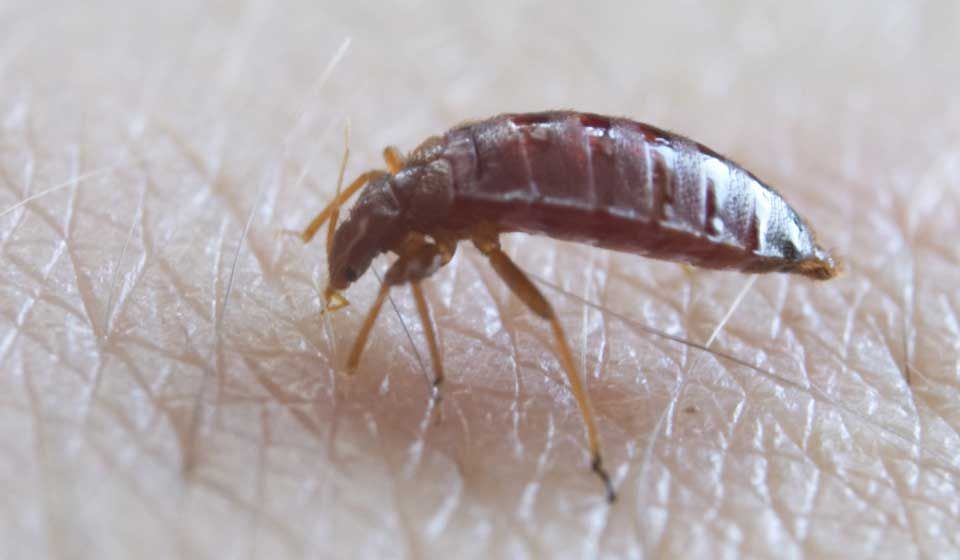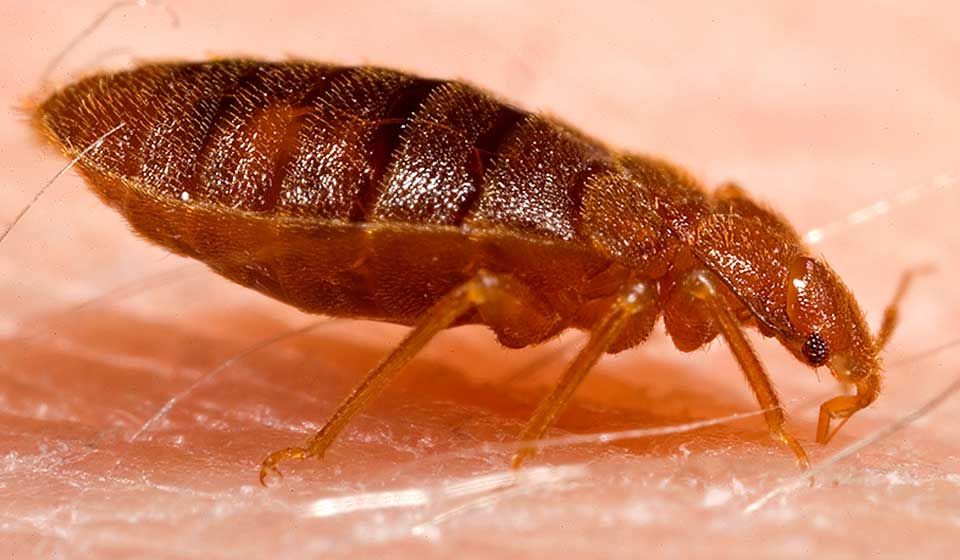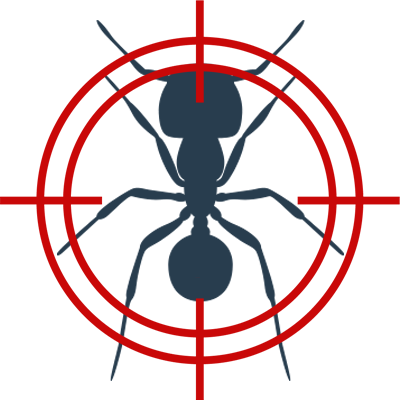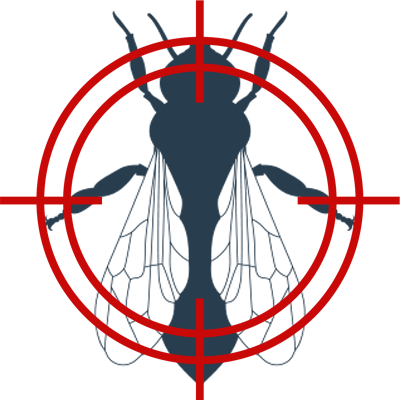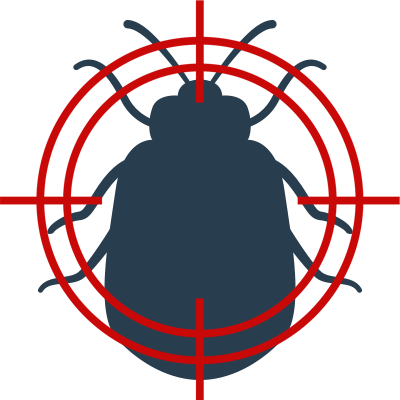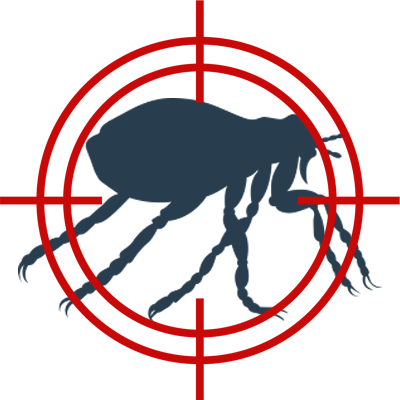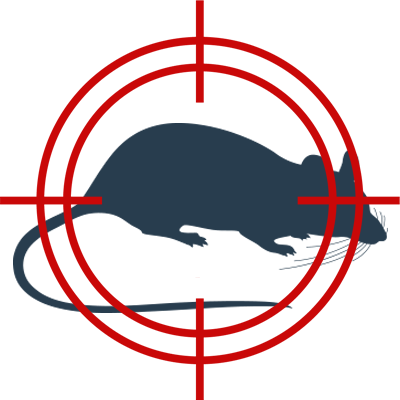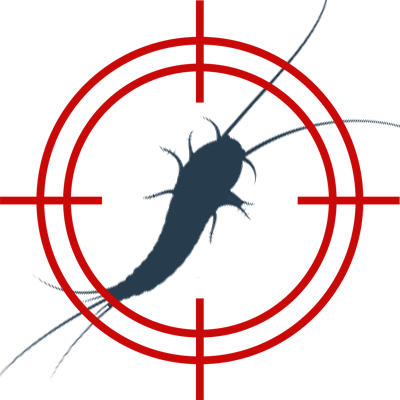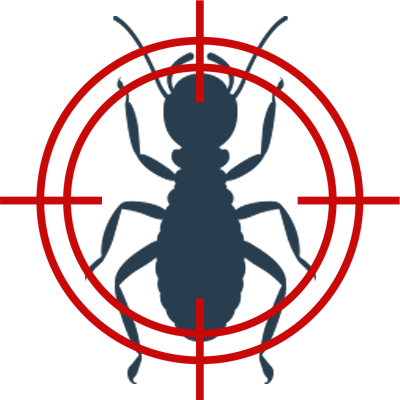
Bed Bugs
Bed bugs are parasitic insects of the cimicid family that feed exclusively on blood. Cimex lectularius, the common bed bug, is the best known as it prefers to feed on human blood.
Bed Bug identification
Bed bugs are around 5 to 6mm long before a blood meal extending to about 7mm when fully engorged. Oval and flattened from back to underside with thick, well-developed legs.
Bed bugs do not have wings. Their mouths are pointed for piercing and sucking. Adult bed bugs are rusty red-brown in colour. Eggs are whitish cream, getting darker as they hatch to larvae. Their shed skins are lighter brown and look like flaky exoskeletons.
Bed bugs are parasitic insects of the cimicid family that feed exclusively on blood. Cimex lectularius, the common bed bug, is the best known as it prefers to feed on human blood.
The name bed bug derives from the preferred habitat of Cimex lectularius: warm houses and especially near or inside beds and bedding or other sleep areas. Bed bugs are mainly active at night, but are not exclusively nocturnal. They usually feed on their hosts without being noticed.
A number of adverse health effects may result from bed bug bites, including skin rashes, psychological effects, and allergic symptoms.
Bed bugs or their eggs get into clothing, furniture or suitcases and are then transported wherever these items go. As they are so small and like to hide in cracks and crevices during the day, it can be very easy for bed bugs to move into your home or hotel.
Bedbugs feed on human blood and are attracted to body heat and CO2 from sleeping humans. They inject an anaesthetic when they pierce the skin, so the bite can go unnoticed at first. Bed bugs usually visit their host for a blood feed just before dawn. When alarmed they move quickly and emit an odour.
Bed bugs lay 200 – 500 eggs over a 2 month period in batches of 10 to 50. The adult female must have a blood meal before egg-laying. The eggs are usually laid in crack and crevices and can be attached to items of furniture or fittings in clusters by a transparent substance. There are 7 stages to the lifecycle from egg to fully grown adult which can be from 45 days but may be up to a year. The typical life span of a bed bug is about 50 days to over a year depending on favourable conditions. They can survive for weeks to months without feeding.
Signs of Bed Bug Infestation
- Dark/black stains
On the mattress and surrounding area from excreta. - Sweet scent
An unpleasant, sweet, sickly scent. - Small dark spots
Small dark blood spots on bedding known as 'faecal pellets'. - Live insects
Despite being small it’s possible to spot live bed bugs and shed skins.
Where can Bed Bugs be found?
- Bed frames and headboard crevices
- Carpets and underlay
- Between timber floorboards
- Behind peeling wallpaper
- Drawers, cupboards & wardrobes
- Mattress seams
- Skirting boards
- In cracked or broken plaster
- Inside electrical sockets & fittings
- Bedside cabinets
Do I Need Professional Bed Bug Control Assistance?
Treatment by a professional pest controller is always the best solution to get rid of bed bugs.
Why call in a professional pest controller for your bed bug control?
An inspection by Aerobeam Professional Pest Management licensed technicians will help to confirm a problem and enable our technicians to offer the best solution using industry leading bed bug treatments.
